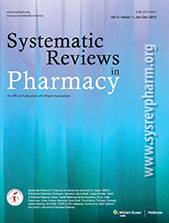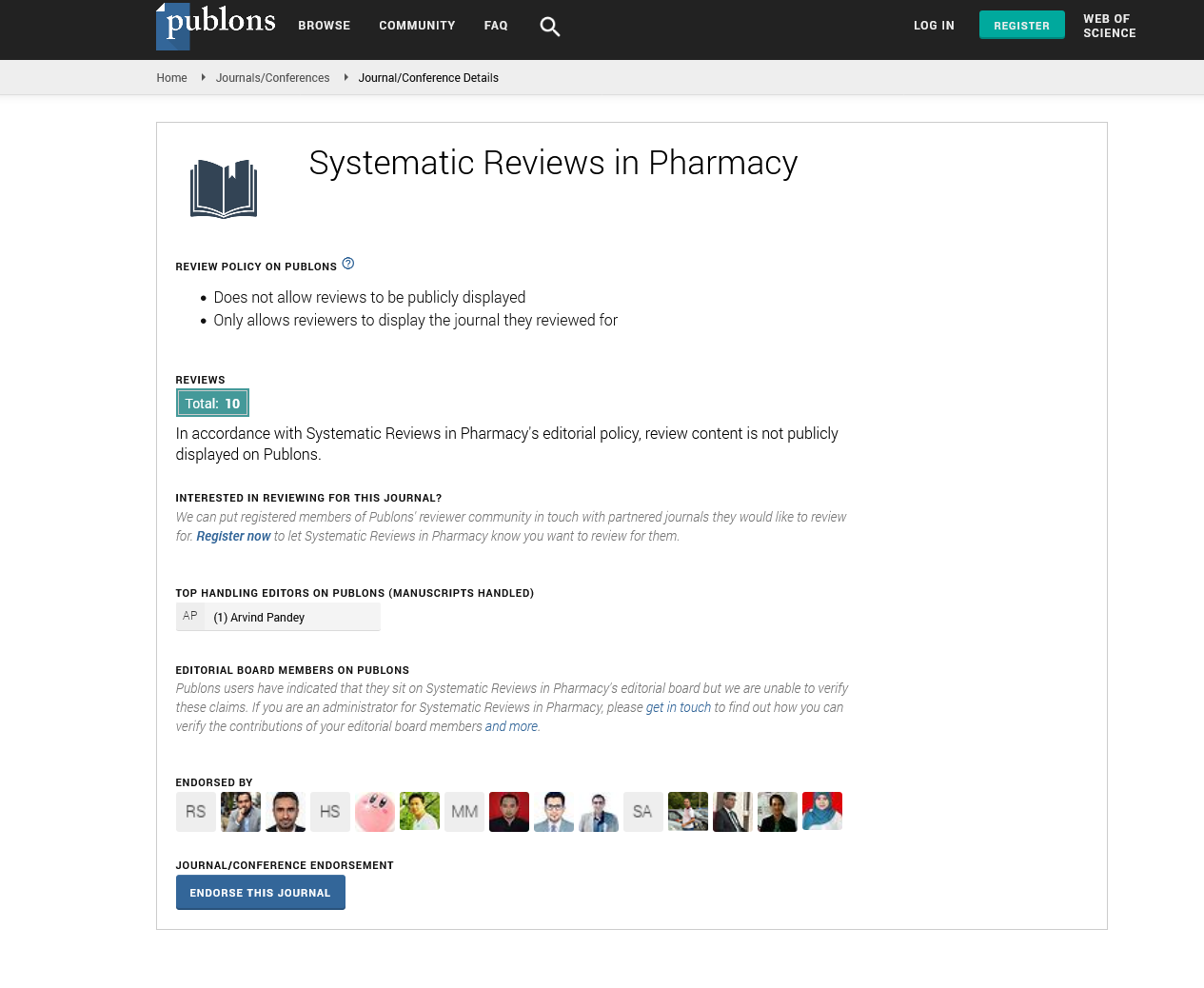Mineralogical Composition Of The Oozy Matter In The Soils Of Polesye And Opolye In The West Of European Russia
Abstract
Alzahrani Bashaie
This study is aimed at exploring the mineralogical composition of the oozy matter of the soils in the west of European Russia and assess the impact of intensive agrarian activities on this composition. The research object is the oozy matter of the
Umbric Albeluvisols Abruptic and Greyic Phaeozems Albic soils of the natural and agrarian environmental systems of Polesye and Opolye. The study is conducted by the comparative geographic, soil key, crossover, particle size, and mineralogic methods. The study results are that the oozy matter of the tested soils consists of hydromicas, chlorite, mixed-layer mica smectite and mica vermiculite formations, with feldspar and quartz as companion minerals. The oozy matter of the soil in the natural environmental systems in Polesye has an almost generic mineralogical composition. In the agrarian horizon of the intensive argarian ecosystems of Polesye and Opolye the mineralogical composition of the oozy soil matter transforms, which shows in the change in the type of particle arrangement, an increase in the smectite content as compared with the illuvial part of soil crossovers and matrix rocks. The conclusion is that in the agrarian horizons of the soil explored intensive
activities increase the smectite content and change the type of particle arrangement, except for grey forest soils with a second line of humus. At deeper soil levels the agrarian impact on the mineralogical composition of the oozy soil matter disappears.






